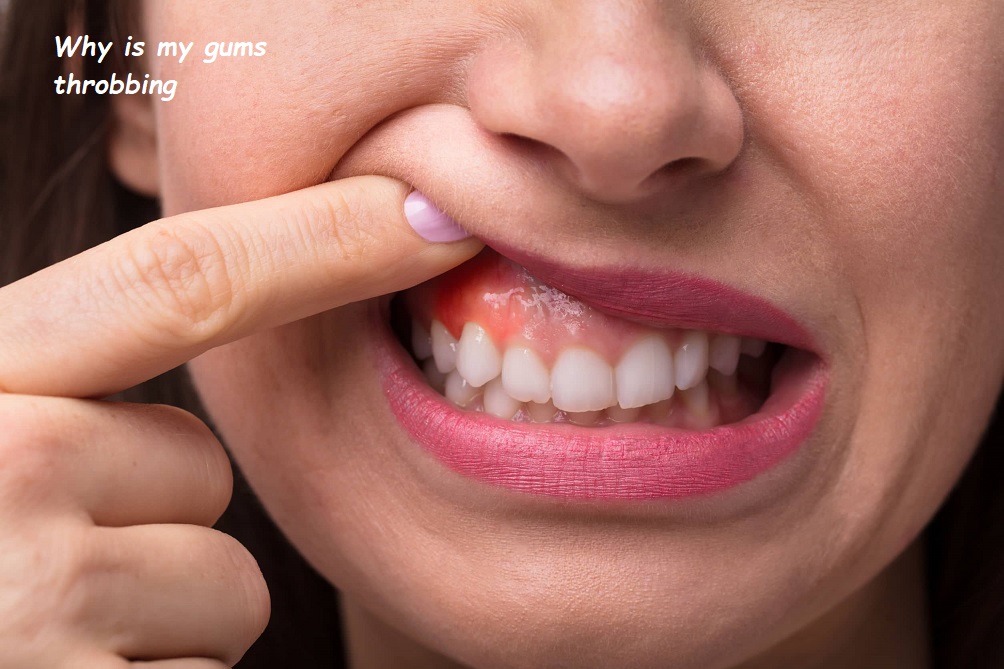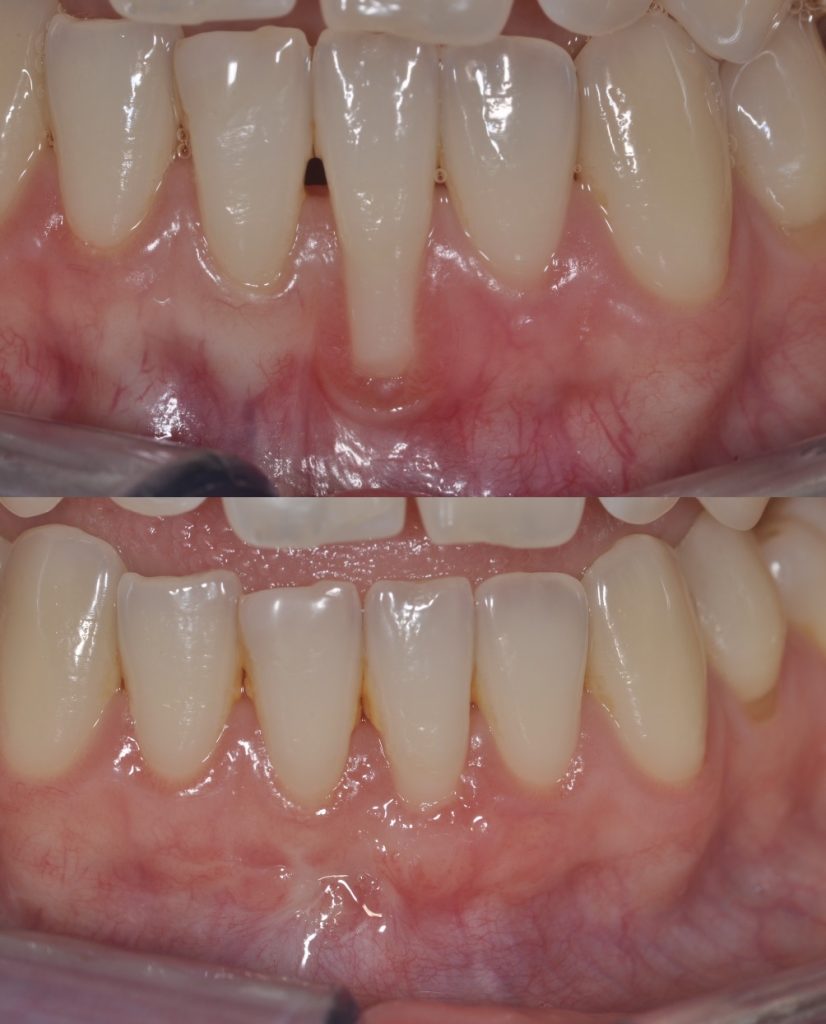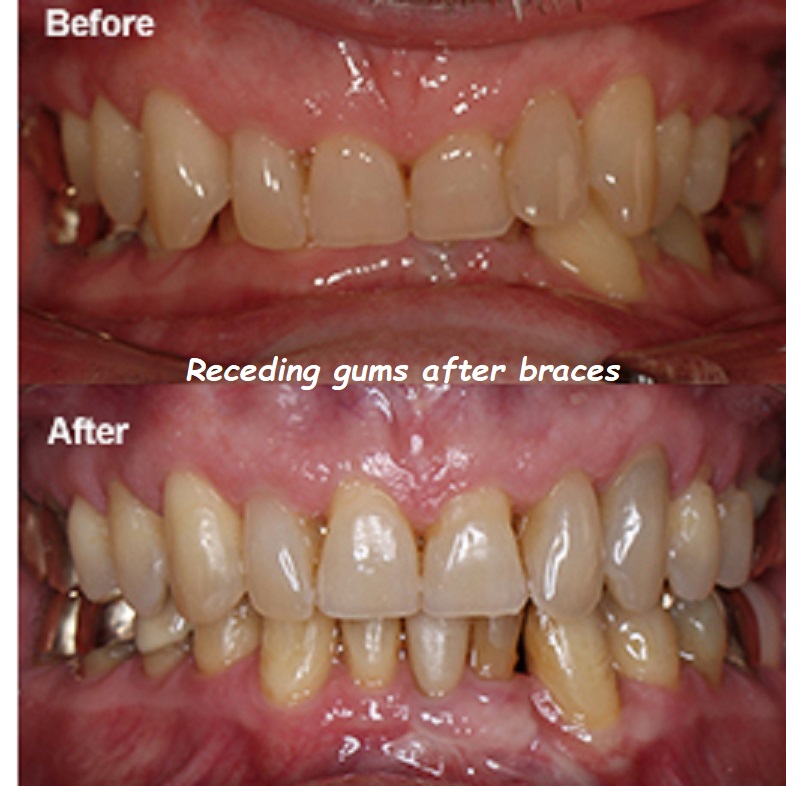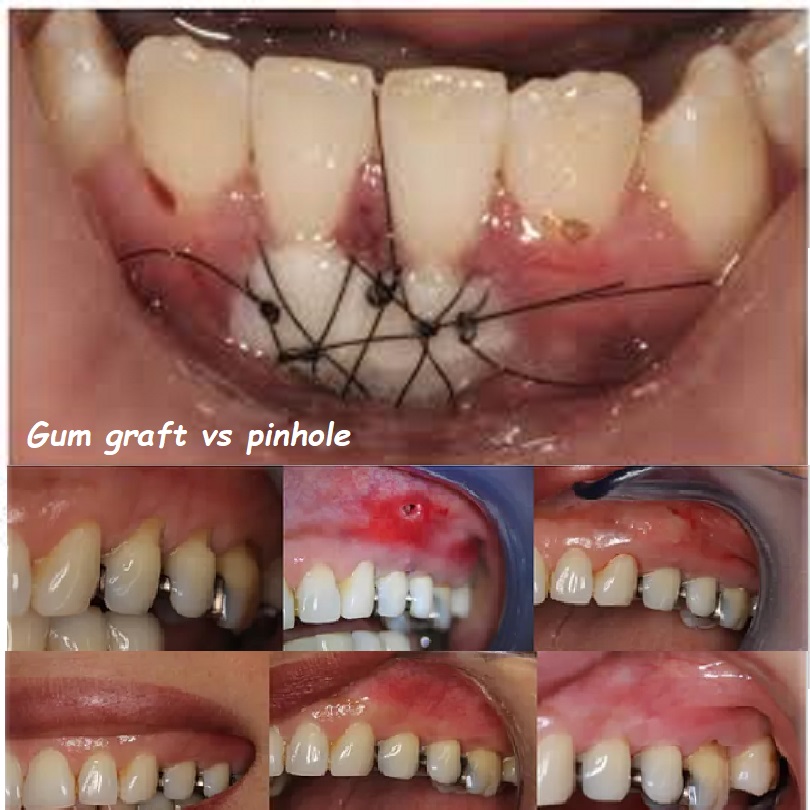Understanding Gum Disease and Its Treatment: A Comprehensive Guide for Optimal Oral Health

Gum disease, also known as periodontal disease, is one of the most common dental conditions affecting adults worldwide. Despite its prevalence, many people fail to recognize the early warning signs, which can lead to severe consequences, including tooth loss. In this comprehensive guide, we will explore what gum disease is, its causes, stages, symptoms, and, most importantly, the treatments available to manage and prevent its progression.
Whether you’re already experiencing signs of gum disease or are simply seeking to safeguard your oral health, understanding gum disease is crucial. Let’s dive deep into the subject to help you maintain a healthy, confident smile.
What is Gum Disease?
Gum disease is an inflammatory condition affecting the tissues and bone that surround and support your teeth. It begins with bacterial growth in the mouth, primarily due to plaque accumulation, and if left untreated, it can lead to gum recession, bone deterioration, and tooth loss.
Periodontal disease is generally classified into two main stages:
- Gingivitis: The early, reversible stage.
- Periodontitis: The advanced stage, which can lead to permanent damage.
The good news is that gum disease is largely preventable and treatable if caught in its early stages.
What Causes Gum Disease?
The primary cause of gum disease is poor oral hygiene, which allows plaque—a sticky film of bacteria—to build up on the teeth and gums. Other contributing factors include:
- Plaque and Tartar Buildup
Plaque is constantly forming on your teeth. If it’s not removed daily through brushing and flossing, it can harden into tartar, which can only be removed by a dental professional. Tartar encourages further plaque accumulation, which irritates the gums, leading to inflammation and infection. - Smoking and Tobacco Use
Smoking is one of the most significant risk factors for gum disease. According to the Centers for Disease Control and Prevention (CDC), smoking weakens your immune system, making it harder for your body to fight off a gum infection. Smokers are twice as likely to develop gum disease than nonsmokers. - Hormonal Changes in Women
Hormonal fluctuations during puberty, menstruation, pregnancy, and menopause can make gums more sensitive and vulnerable to gum disease. This condition is known as pregnancy gingivitis and affects many expecting mothers, leading to swollen, bleeding gums. - Diabetes
People with diabetes are more prone to infections, including gum disease. High blood sugar levels can weaken your immune system and reduce your ability to fight off infections, making gum disease more likely. - Poor Nutrition
A diet lacking essential nutrients, particularly vitamins C and D, can impair your immune system, increasing your susceptibility to infections, including gum disease. - Genetics
Some individuals may be more genetically predisposed to gum disease. Research shows that up to 30% of people may be at increased risk regardless of their oral hygiene habits.
Stages of Gum Disease: From Gingivitis to Periodontitis
Understanding the stages of gum disease can help you recognize the severity of your condition and seek appropriate treatment.
1. Gingivitis: The Early Stage
Gingivitis is the mildest form of gum disease and is typically characterized by red, swollen, and bleeding gums. It’s often painless, which is why many people don’t realize they have it. The primary cause is poor oral hygiene, which leads to plaque buildup at the gum line.
The good news is that gingivitis is reversible with professional cleaning and improved oral care habits. At this stage, no bone or tissue damage has occurred, and your gums can return to a healthy state.
2. Early Periodontitis
If gingivitis is left untreated, it can progress to early periodontitis. At this stage, the inflammation spreads below the gum line, causing the gums to pull away from the teeth and form small pockets. These pockets trap bacteria, accelerating the infection and causing mild bone loss.
Symptoms of early periodontitis may include persistent bad breath, receding gums, and increased tooth sensitivity.
3. Moderate Periodontitis
In moderate periodontitis, the pockets between your teeth and gums deepen, leading to more significant bone and tissue damage. The infection may spread to the bone that supports your teeth, causing them to become loose or wobbly.
Professional periodontal treatment is necessary at this stage to halt the progression of the disease and prevent further damage.
4. Advanced Periodontitis
Advanced periodontitis is the most severe form of gum disease. By this stage, the bone supporting your teeth is severely damaged, which can lead to tooth mobility or tooth loss. Gums may bleed easily, and you may experience painful chewing, pus around the gums, and shifting teeth.
Without immediate treatment, advanced periodontitis can result in the loss of multiple teeth and require extensive dental intervention.
Symptoms of Gum Disease
Recognizing the early warning signs of gum disease is critical to preventing its progression. Some of the most common symptoms include:
- Red, swollen, or tender gums
- Bleeding gums during brushing or flossing
- Persistent bad breath (halitosis)
- Gum recession (pulling away from the teeth)
- Pus between the teeth and gums
- Loose or shifting teeth
- A change in the fit of partial dentures
If you notice any of these symptoms, schedule a dental appointment immediately to assess the health of your gums.
Treatments for Gum Disease: What Are Your Options?
The treatment for gum disease depends on the stage and severity of the condition. Early diagnosis and intervention can help reverse the disease or slow its progression. Below are the most common treatment options for gum disease:
1. Professional Dental Cleaning (Scaling and Root Planing)
For patients with gingivitis or mild periodontitis, professional cleaning may be sufficient to remove plaque and tartar buildup. This process, known as scaling and root planing, involves cleaning the surfaces of the teeth and the roots beneath the gums. Scaling removes plaque from above and below the gumline, while root planing smooths out the tooth roots to help the gums reattach to the teeth.
Regular dental cleanings are crucial for maintaining oral health and preventing the recurrence of gum disease. According to the American Dental Association, dental cleanings should be performed at least twice a year.
2. Medications
In some cases, your dentist may prescribe antibiotics or antimicrobial mouth rinses to help control the bacterial infection causing gum disease. These medications are often used alongside scaling and root planing to reduce inflammation and promote healing.
Local antibiotics may also be applied directly into the gum pockets to kill bacteria and prevent further infection.
3. Gum Surgery (Flap Surgery)
If the pockets between your teeth and gums are too deep, surgery may be necessary to remove the tartar and bacteria trapped below the gumline. Flap surgery, or pocket reduction surgery, involves lifting back the gums to clean the tooth roots thoroughly and then suturing them back in place.
This procedure can reduce the size of the pockets, making it easier to maintain oral hygiene and prevent further infection.
4. Bone and Tissue Grafts
In cases of significant bone or gum loss, grafting procedures may be recommended to restore lost tissue. Bone grafting involves placing natural or synthetic bone in the areas where bone loss has occurred. Similarly, soft tissue grafting can be used to replace lost gum tissue and cover exposed tooth roots.
These procedures help rebuild the support structures around your teeth and improve their long-term stability.
Prevention: How to Stop Gum Disease Before It Starts
Prevention is the best treatment for gum disease. By adopting good oral hygiene practices and making healthy lifestyle choices, you can significantly reduce your risk of developing gum disease. Here are some essential prevention tips:
- Brush and Floss Daily
Brush your teeth at least twice a day with fluoride toothpaste and floss daily to remove plaque and food particles from between your teeth. - Use an Antimicrobial Mouthwash
Rinsing with an antimicrobial mouthwash can help reduce plaque buildup and kill bacteria that contribute to gum disease. - Avoid Smoking and Tobacco Use
Smoking weakens your immune system and increases your risk of gum disease. Quitting smoking is one of the best steps you can take to improve your oral health. - Maintain a Balanced Diet
A diet rich in vitamins and minerals, especially vitamin C, can help support healthy gums and teeth. Avoid sugary and acidic foods that can lead to plaque buildup. - Regular Dental Checkups
Visit your dentist at least twice a year for professional cleanings and exams. Early detection of gum disease can prevent it from progressing to more severe stages.
Conclusion: Take Control of Your Gum Health
Gum disease is a serious but manageable condition. With the right treatment and preventive measures, you can protect your gums from the damaging effects of gingivitis and periodontitis. If you’re experiencing any symptoms of gum disease, don’t delay—schedule an appointment with your dentist to address the issue before it leads to more severe complications.
Remember, a healthy smile starts with healthy gums.
Internal Links for Further Reading:
- How to Tighten a Loose Tooth at Home
- Understanding Tooth Mobility and Treatments
- Modern Dental Implants: A Solution for Tooth Loss
High-Quality References:
- American Dental Association. (2023). Gum Disease Information. Retrieved from https://www.ada.org
- Centers for Disease Control and Prevention. (2023). Tobacco and Oral Health. Retrieved from https://www.cdc.gov
- National Institutes of Health. (2023). Periodontal Disease and Systemic Health. Retrieved from https://www.nih.gov
- American Academy of Periodontology. (2023). Gum Disease and Treatment Options. Retrieved from https://www.perio.org









